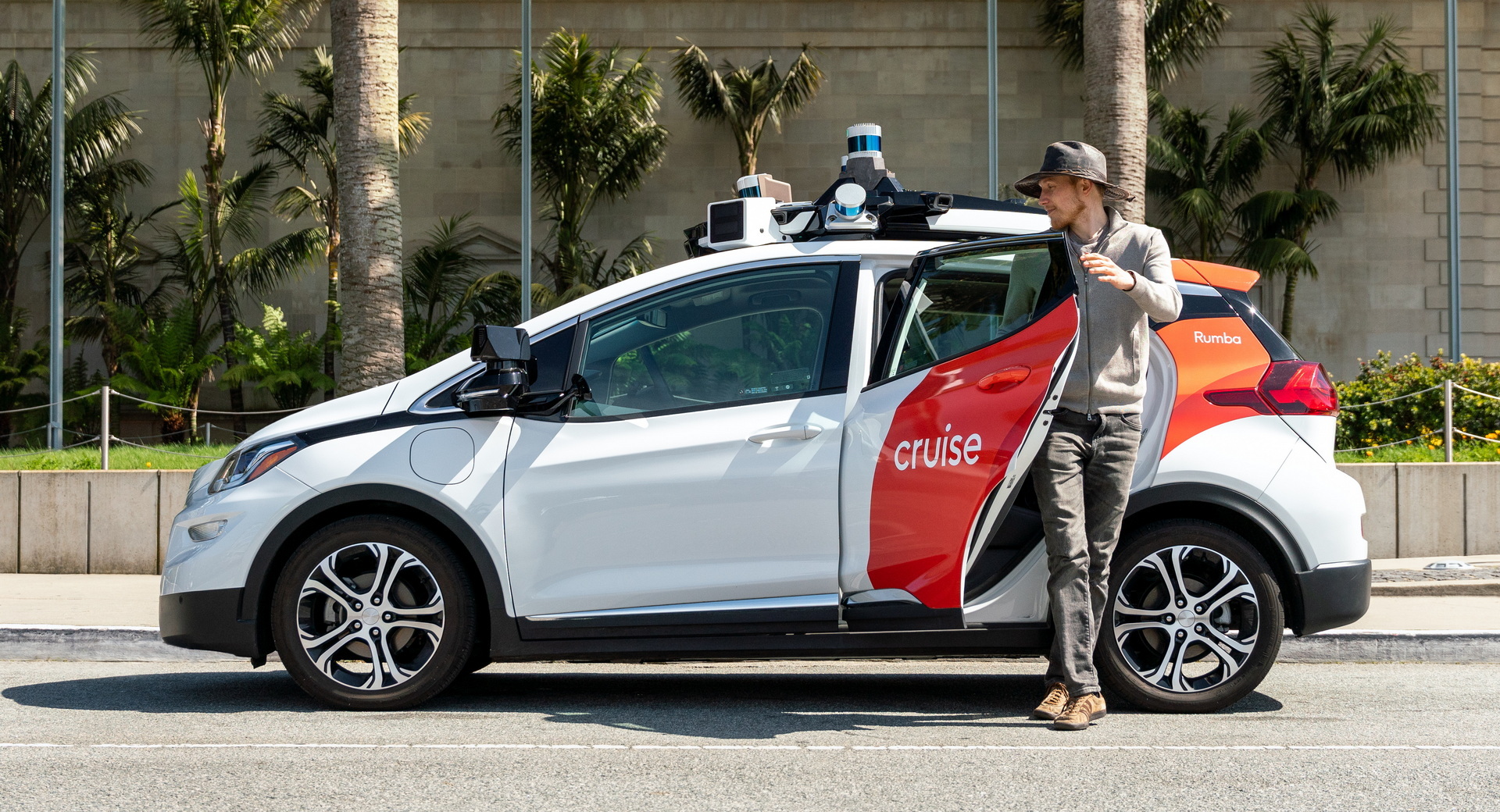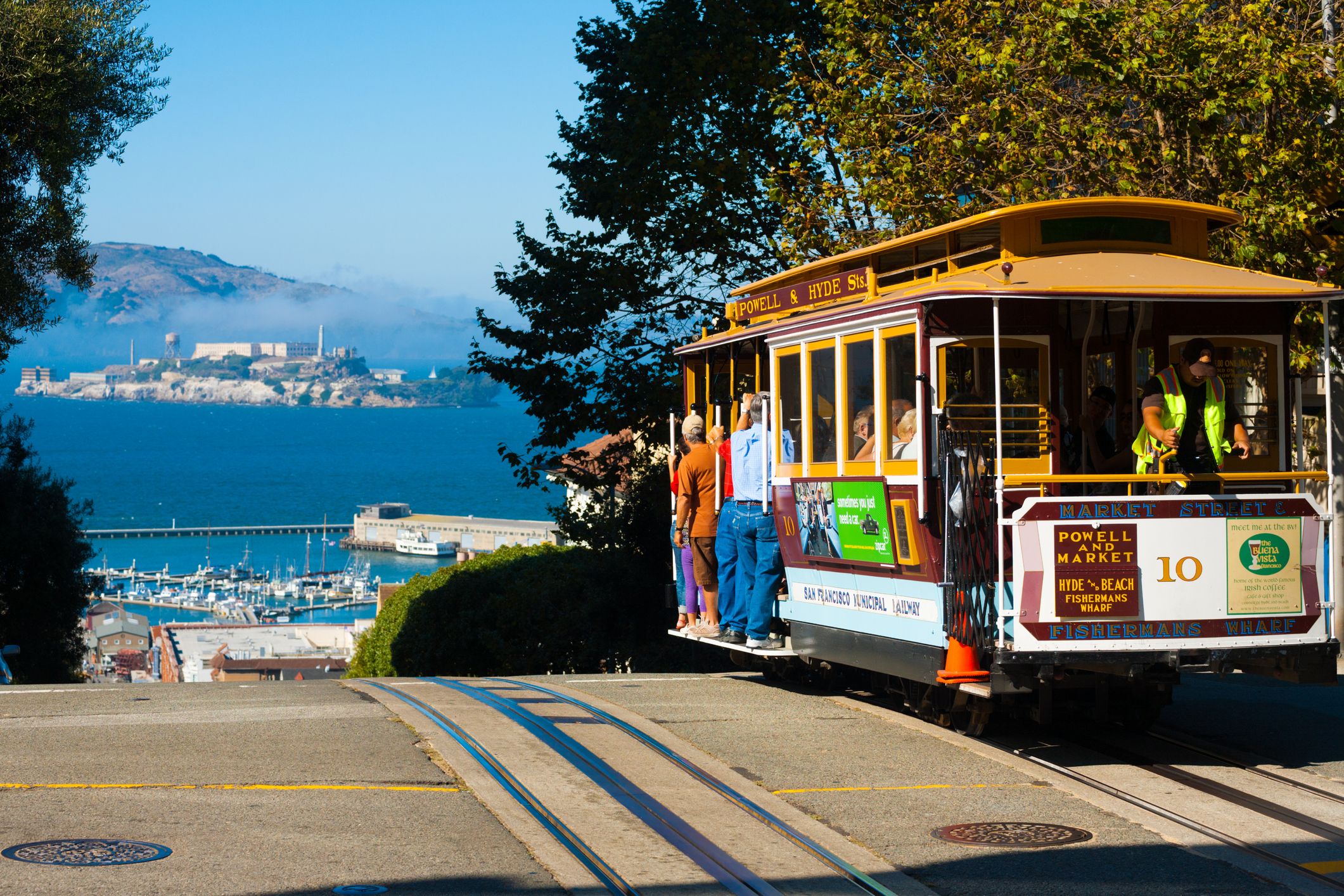Table Of Content
- First responders aren't happy with driverless cars
- Driverless Cars Face Setbacks In San Francisco—Here’s What To Know About The City’s Problematic Robotaxi Rollout
- Driverless car startup Cruise's no good, terrible year
- G.M.’s Cruise Moved Fast in the Driverless Race. It Got Ugly.
- How to Hitch Cruise and Waymo Rides
- Suspension of operations

Cruise provided additional details of the October 2 collision in a blog post published today. According to the company, which has 40 cameras and sensors mounted on each of its vehicles, its self-driving vehicle quickly swerved and braked in an attempt to avoid a collision with the woman, but still made impact. The vehicle then stopped but, according to Cruise, “attempted to pull over,” dragging the woman an additional 20 feet. Cruise says this sort of evasive maneuver was built into the vehicle’s software to promote safety, and is required by both California and federal regulators. Cruise spokesperson Navideh Forghani says Cruise has stayed in close contact with regulators but disputed the DMV’s timeline. She says the agency was shown video of the entire incident, including the pull-over, the day after the crash.
First responders aren't happy with driverless cars
Local reports showed footage of confused vehicles clogging a residential cul-de-sac, driving into wet cement at a construction site and regularly running red lights. By August, California had given Cruise permission to run around 300 robotaxis throughout San Francisco. And the company had started testing in several more cities across the country, including Dallas, Miami, Nashville and Charlotte.
Driverless Cars Face Setbacks In San Francisco—Here’s What To Know About The City’s Problematic Robotaxi Rollout
A Chevrolet Cruise autonomous vehicle with a driver moves through an intersection on June 8, 2023, ... Yet another Cruise vehicle blocked Sacramento St near Mason St, not far from the famous Tonga Room tiki lounge. The vehicle was spotted by KRON4 anchor Dan Thorn, who shared a video of the beleagured car on Twitter. Notably, the self-driving car was inexplicably blasting music from the stereo despite the fact nobody was inside. It's either an odd quirk or a sign that artificial intelligences are partial to watered-down pop rock tunes. Driverless cars from GM subsidiary Cruise have been holding up traffic in San Francisco over the last week.

Driverless car startup Cruise's no good, terrible year
They've run red lights, rear-ended a bus and blocked crosswalks and bike paths. Cruise has said it will bring its self-driving services to Los Angeles, Dallas, Austin, Miami, Atlanta, and Nashville. Waymo said earlier this month that it would expand into Austin, in addition to an already planned expansion in LA. The decision by the state’s Department of Motor Vehicles followed a turbulent three months for Cruise. In early August, over the objections of San Francisco officials, state regulators allowed Cruise to expand its service in the city. But a little more than a week later, the D.M.V. told Cruise to cut its fleet in the city in half.
G.M.’s Cruise Moved Fast in the Driverless Race. It Got Ugly.
It was less than two weeks ago that California regulators gave Cruise and Waymo permission to expand their driverless taxi rides to around-the-clock service. The move made San Francisco the first major city with two fleets of driverless vehicles operating at the same time. The vehicles have not been blamed for any serious crashes or deaths, but do present a number of problems that don’t impact human drivers. There have been multiple reports of cars shutting down and refusing to move when they encountered an unexpected problem like downed wires or dense fog. Under previous permits, Cruise and Waymo operated some 550 driverless cars in San Francisco, though figures from the companies indicated they would collectively have only about 400 on the road at any given time.
California allows robo-taxis to expand and emergency responders aren't happy

If all goes according to plan, it will stay there, frozen, until someone comes and removes it. Since becoming part of General Motors in March 2016,[17] Cruise has been working on developing software and hardware to make fully autonomous vehicles using modified Chevrolet Bolts. San Francisco robotaxi companies Cruise and Waymo are now allowed to operate across the city 24/7 and charge passengers for the service.
Currently, 60 companies have an active permit to test autonomous vehicles with a safety driver in California. Cruise and Waymo also ran into problems with San Francisco's police and fire departments. At government hearings, the agencies testified that the driverless cars were a nuisance.
A company spokesperson said Waymo will invite new guests gradually as the fleet expands in numbers and reach. The company would not be more specific about how long San Franciscans should expect to wait for access. Note that members of the press or government employees are not allowed to sign up. However, it is unclear when, exactly, the company plans to roll out the extended service hours that are now allowed and how quickly Cruise will add people off of the waitlist.
Cruise Says Hostility to Regulators Led to Grounding of Its Autonomous Cars - The New York Times
Cruise Says Hostility to Regulators Led to Grounding of Its Autonomous Cars.
Posted: Thu, 25 Jan 2024 08:00:00 GMT [source]
Today's decision by California regulators means the companies will be able to operate an unlimited number of robot cars that charge for rides on San Francisco’s streets. But the companies say their transition to a full-blown, Uber-like taxi service will take time. The 3-1 vote by the California Public Utilities Commission came in response to applications from Cruise, backed by General Motors, and Waymo, a subsidiary of Alphabet.
They tallied nearly 75 incidents where self-driving cars got in the way of rescue operations, including driving through yellow emergency tape, blocking firehouse driveways, running over fire hoses and refusing to move for first responders. As 2022 wrapped up, CEO Kyle Vogt took to Twitter to post about the company's autonomous vehicles rolling onto the streets of San Francisco, Austin and Phoenix. Last week, the National Highway Traffic Safety Administration opened an investigation into Cruise citing pedestrian safety concerns. "We need actual people behind the wheel with a pulse and a brain that know how to maneuver in sticky situations," San Francisco Supervisor Shamann Walton said at Tuesday rally protesting the driverless cars. "These Cruise vehicles are dangerous on our streets. When they see tragedy or see danger or there's an obstacle in their way, all they know how to do is freeze." Forghani said Cruise provided regulators a video of the incident and is complying with the DMV's order and "pausing operations." Those cars that have a human safety driver will be allowed to continue operating in the state.
Asked whether remote operators are able to take control of the vehicle when needed, Ammann declined to answer. We’re reintroducing a small fleet of manually-operated vehicles to begin mapping with trained safety drivers behind the wheel. San Francisco’s tech community seems to largely support the cars, according to the Times.
Though Cruise has had the highest number of high-profile San Francisco problems in recent weeks, the second company operating driverless cars in the city—Waymo, owned by Google parent company, Alphabet Inc.—has had more crashes reported nationwide. Between July 2021 and July 2023, Waymo reported 150 crashes to the National Highway Traffic Safety Administration compared to Cruise’s 78. In May, a Waymo car killed a small dog in San Francisco while in autonomous mode with a test driver in the front seat. The company called the crash unavoidable and said the car correctly identified the dog but “was not able to avoid contact.” Waymo operates in Phoenix and San Francisco, and says it’s “ramping up” in Los Angeles County and Austin.
How Cruise went from buzzy self-driving startup to 'public safety risk' - Fast Company
How Cruise went from buzzy self-driving startup to 'public safety risk'.
Posted: Mon, 18 Dec 2023 08:00:00 GMT [source]
Throughout the years, activists have blockaded Google's private commuter buses from picking up employees in the city. And when scooter companies flooded the sidewalks with electric scooters, people threw them into San Francisco Bay. The company, which now has 400 vehicles operating in San Francisco, will have no more than 50 driverless cars running during the day and 150 at night. But the companies defined these freezing incidents differently, and robotaxi critics say they aren’t transparent about where and when their vehicles get stuck.
"One of these self-driving cars with billions of dollars of venture capital investment money and R&D, just being disabled by a common traffic cone." The news that the company will be relying less on its operations staff during its testing comes after Cruise’s safety drivers have complained about a lack of safety standards during the pandemic and subsequent wildfires. They accuse Cruise of deploying its self-driving cars during the spring lockdown in defiance of public health orders banning nonessential travel. And they say Cruise isn’t doing enough to keep them safe during these public health crises. In addition to crashes, stalling and other problems, several riders have admitted to using the driverless cars for nefarious reasons. Cruise will continue its work on driverless cars as a commercial product, says spokesperson Navideh Forghani.
Both Cruise and Waymo have released studies saying their vehicles are involved in fewer crashes than human drivers. One Waymo study says it has an 85% reduction in injury-causing collisions and a Cruise study says it has a 74% reduction. Meanwhile, The Intercept reported that Cruise cars had difficulty detecting children, according to internal documents. And The New York Times reported that remote human workers had to intervene to control Cruise's driverless vehicles every 2.5 to five miles. Cruise said its car "braked aggressively to minimize the impact." It provided some news outlets with video of the incident, which ended right after the driverless car hit the woman.
The company has previously run initiatives to give free rides to late-night service and hospitality workers, as well as University of San Francisco students. It's unclear whether both cars had an issue, or whether the second one merely stopped because it was blocked by the one in front. A voice in the video can be heard exclaiming "there's no driver!" as others become frustrated at the stoppage. But, as robotaxis became increasingly ubiquitous throughout San Francisco, residents complained about near collisions and blunders.
No comments:
Post a Comment